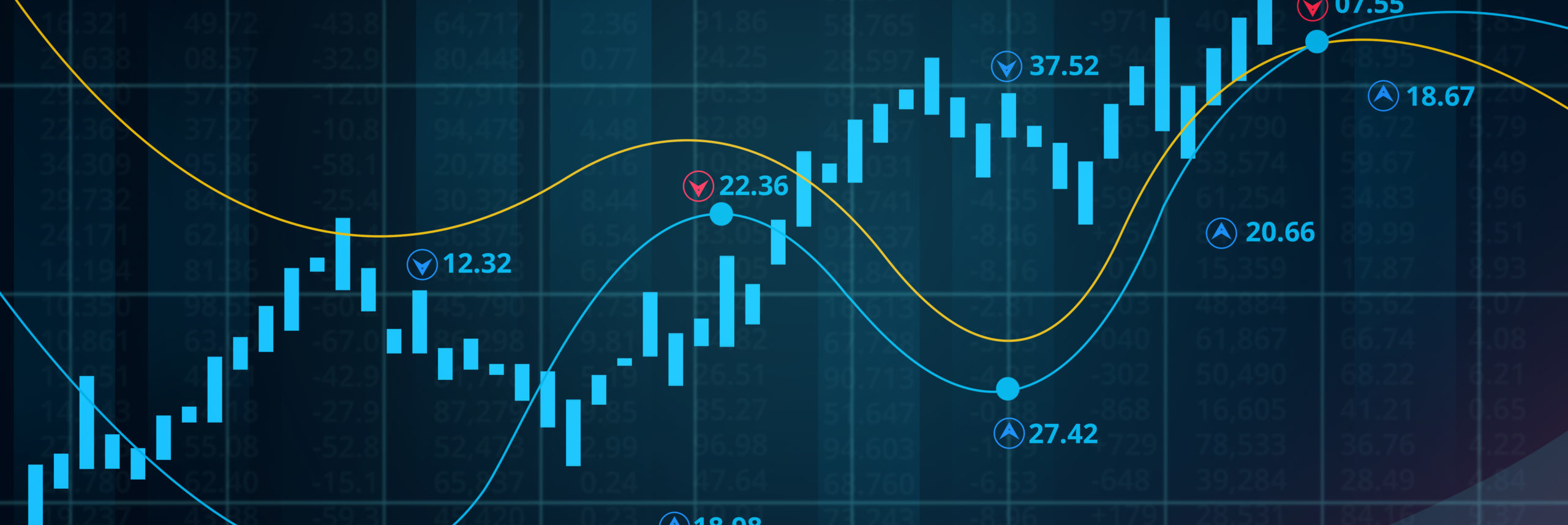Market participants must now publish on their website their policy for integrating sustainability risks into the investment process and remuneration policy and update their pre-contractual documentation.
Part two
Phasing in of the SFDR regulation
The SFDR regulation is being phased in over a period of 3 years and is subject to interpretation and extension work.
SFDR Level 1
Most of the provisions of the Disclosure Regulation came into force in March 2021. This application of the guiding principles of the regulatory framework is dubbed “SFDR Level 1”: market participants must now publish on their website their policy for integrating sustainability risks into the investment process and remuneration policy and update their pre-contractual documentation. These entities also publish a statement on their consideration of key negative impacts and classify their financial products between Article 6, Article 8 and Article 9.
From January 2022, Article 8 and Article 9 funds are also subject to periodic reporting and must communicate on their alignment with the European environmental taxonomy.

The RTS are the delegated acts that specify and develop certain technical aspects of the Regulation and aim to promote harmonisation of the various European standards.
Regulatory Technical Standards and SFDR Level 2
The European Supervisory Authorities subsequently submitted to the European Commission a proposal for Regulatory Technical Standards [1] (RTS), adopted on 6 April 2022. The RTS are the delegated acts that specify and develop certain technical aspects of the Regulation and aim to promote harmonisation of the various European standards.
The broad nature of the definitions provided by the regulatory framework leaves room for interpretation by the entities concerned on certain articles of the SFDR. All financial actors were therefore eagerly awaiting the publication of the final version of the SFDR, which addresses two obligations that are subject to varying degrees of apprehension:
- consideration of the “main negative impacts” of investment decisions
- transparency of financial products Article 8 and Article 9.
This text, dubbed “SFDR level 2”, goes into detail on transparency obligations and provides templates and methodologies with which market participants must comply.
By 30 June 2023, the entities taking into account the main negative impacts will have to have published their first PAI activity report covering the year 2022.
Expected publication of first PAI activity reports in 2023
The technical regulatory standards apply from 1 January 2023. By 30 June 2023, the entities taking into account the main negative impacts will have to have published their first PAI activity report covering the year 2022.
From 2024 onwards, this report should include a comparison of performance with the previous year.
La Commission Européenne et les autorités européennes de supervision ont publié plusieurs FAQ afin de clarifier les points obscurs soulevés par les acteurs de marché.
Lighting of shadow areas
In parallel with the publication and entry into force of the regulation, the European Commission and the European supervisory authorities have published several FAQs to clarify the unclear points raised by market participants.
- In July 2021, the European Commission published a document [2] answering questions from the European Supervisory Authorities (ESAs) related to the scope of the Regulation and the clarification of Articles 8 and 9.
- In November 2022, six weeks before the entry into force of the RTS, the ESAs also provided a detailed FAQ [3] addressing 60 questions to clarify, among other things, the obligations related to the main negative impacts and alignment with the European taxonomy.
- In a speech [4] in December, EU Commissioner Mairead McGuinness announced the European Commission’s intention to publish a series of additional FAQs in early 2023, which could address concerns about the application of the Regulation’s core concepts, legal and reputational risks and greenwashing.
INTERESTED IN KNOWING MORE?
INTERESTED IN KNOWING MORE?
- SPOT inspection campaign by the AMF: 3 priorities to improve sustainability commitment compliance by asset management companies
- The SFDR regulation: instructions for use (part 1)
- The SFDR regulation: instructions for use (part 3)
- The SFDR regulation: instructions for use (part 4)
- The SFDR regulation: instructions for use (part 5)
Do you need help integrating CSR effectively into your business strategy? You are in the right place.
Make an appointment to find out how to initiate and structure the process while guaranteeing your chances of success.
Notes and references
[1] Commission Delegated Regulation (EU) 2022/1288 supplementing Regulation (EU) 2019/2088 of the European Parliament and of the Council with technical regulatory standards, Official Journal of the EU
[2] Issues related to Regulation (EU) 2019/2088, European Commission
[3] Questions and answers on the SFDR Delegated Regulation, Joint Committee of the ESAs
[4] Opening remarks by Commissioner McGuinness at the ECON-ENVI joint committee meeting, European Commission
About Positiveco
At Positivéco, we see new national and international CSR regulations as vectors for positive growth.
Our job: to improve the readability of your activities for better valuation.
Since 2009, we have been supporting financial institutions, public players, and listed and unlisted companies in the evaluation of their CSR policies, the production of their extra-financial reporting and the implementation of their climate investment and aid projects. Development.
Make an appointment today and find out how to meet the new requirements of economic transparency while serving the project of your company.









Contact us now!